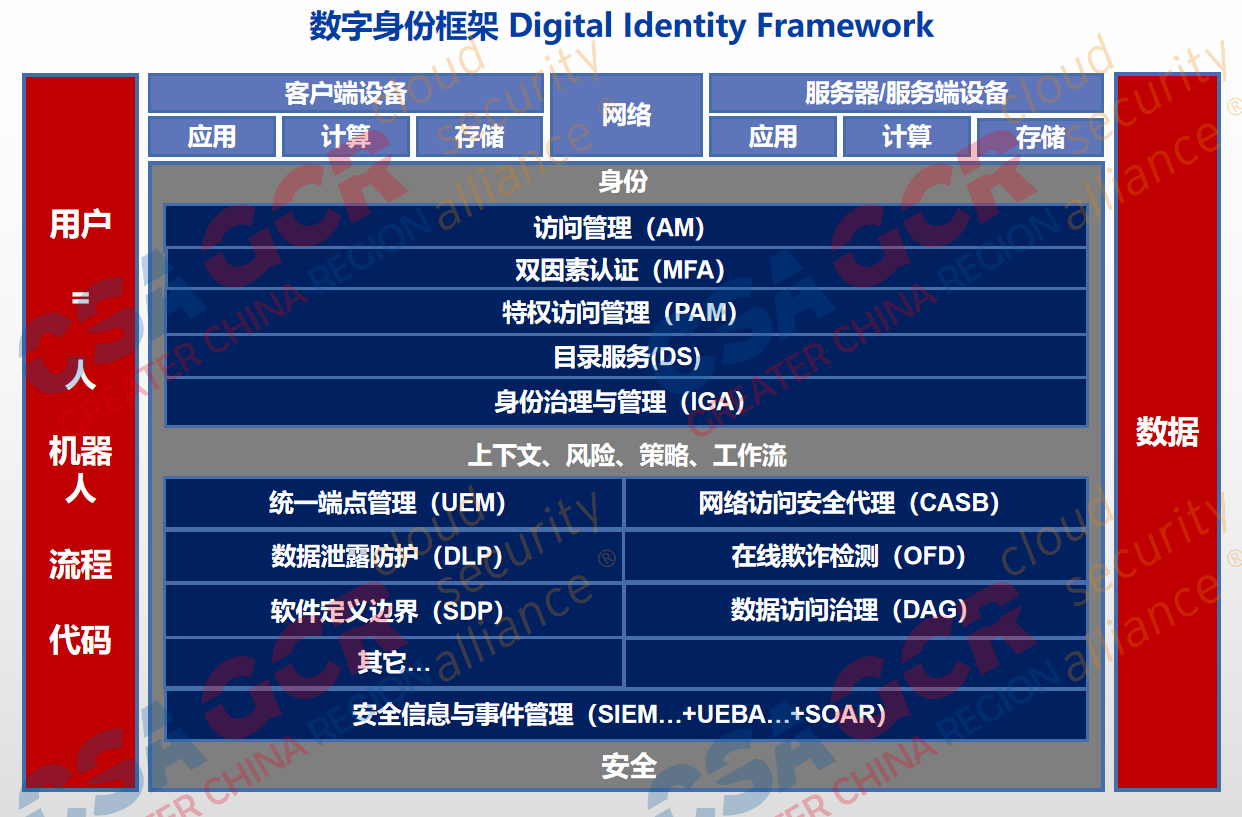|
Internet connectivity has become an integral part of our daily lives, revolutionizing communication, commerce, and information dissemination. In recent years, advancements in technology have propelled the evolution of internet connectivity, enabling faster speeds, broader coverage, and enhanced reliability. This article delves into the innovative solutions and emerging technologies that are shaping the future of internet connectivity. One of the key developments in enhancing internet connectivity is the deployment of 5G networks. 5G, or fifth-generation wireless technology, offers significantly faster speeds compared to its predecessors. With speeds reaching up to 10 gigabits per second, 5G enables seamless streaming, faster downloads, and improved user experiences across a wide range of devices. The low latency of 5G also ensures quicker response times, making it ideal for applications such as autonomous vehicles, remote surgery, and smart cities. Another promising technology in the realm of internet connectivity is satellite internet. While traditional internet services heavily rely on physical infrastructure like cables and fiber optics, satellite internet leverages a network of satellites orbiting the Earth to provide global coverage. Companies like SpaceX and OneWeb are at the forefront of this technology, launching constellations of small satellites to enable high-speed internet access even in remote areas where laying cables is not feasible. Satellite internet holds immense potential for bridging the digital divide and connecting underserved regions worldwide. Furthermore, the Internet of Things (IoT) is revolutionizing the way devices connect to the internet. IoT refers to the interconnection of everyday objects via the internet, enabling them to send and receive data. From smart home appliances to industrial sensors, IoT devices rely on robust internet connectivity to function seamlessly. As IoT adoption continues to grow, the demand for reliable and secure internet connectivity will amplify, driving further innovations in the field. Mesh networking is another concept that is gaining traction in improving internet connectivity. Traditional networks rely on a centralized infrastructure where data flows through a single access point. In contrast, mesh networks distribute the responsibility of data transmission across multiple nodes, creating a self-healing and redundant network. This ensures that even if one node fails, the network remains operational. Mesh networking is particularly useful in scenarios where traditional infrastructure is unavailable or unreliable, such as during natural disasters or in rural areas. In conclusion, the future of internet connectivity holds tremendous promise. With the advent of technologies like 5G, satellite internet, IoT, and mesh networking, we are witnessing a paradigm shift in how we connect to and interact with the digital world. These advancements not only enhance our day-to-day experiences but also pave the way for innovative applications and services that were once unimaginable. As technology continues to evolve, it is crucial to prioritize accessibility, affordability, and security to ensure that the benefits of internet connectivity are enjoyed by all.  |
